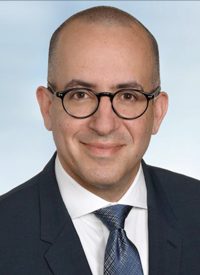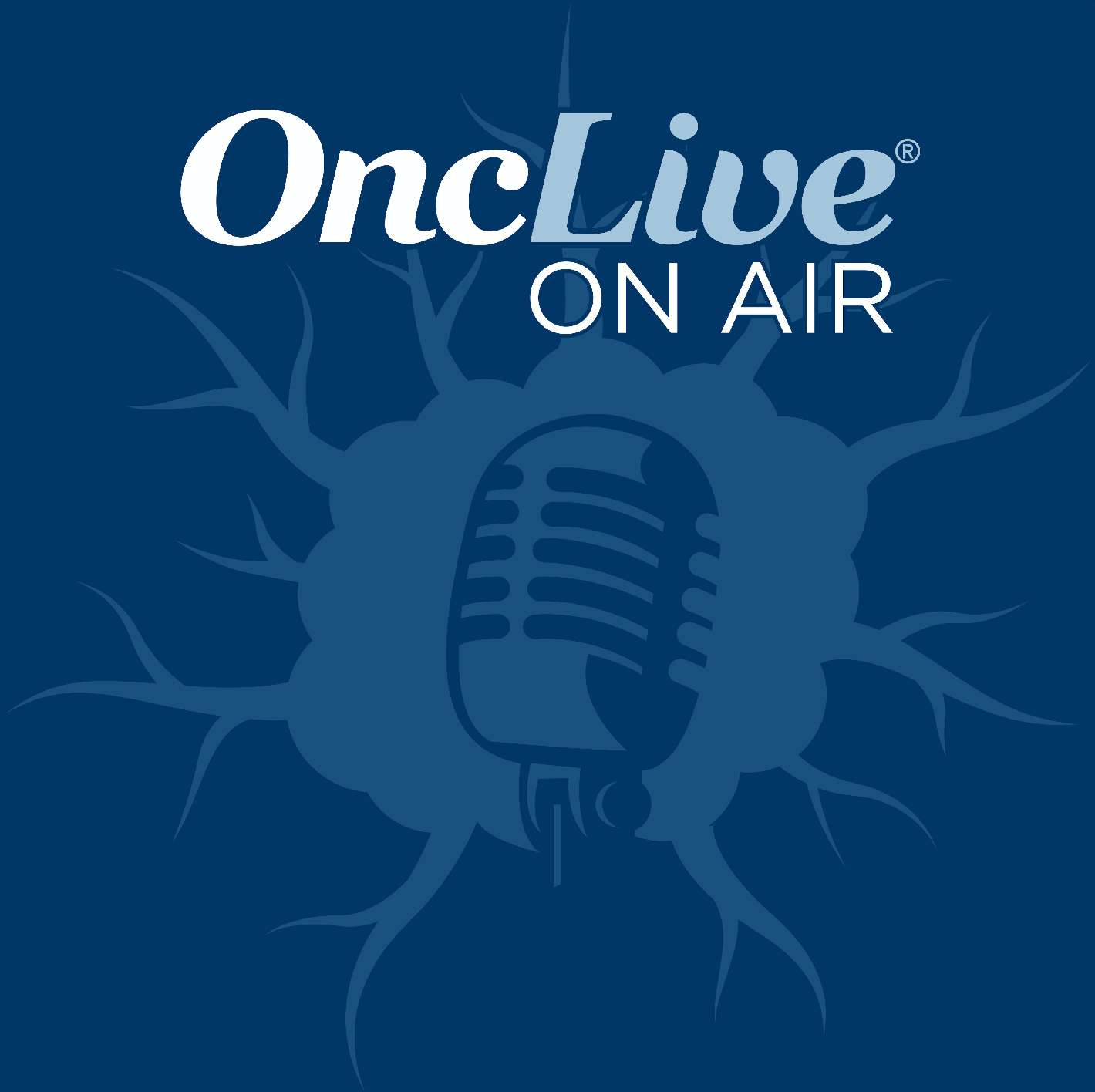Video
Niraparib Trial Under Way in Newly Diagnosed Glioblastoma and Recurrent Glioma
Author(s):
A phase 0 trial that will evaluate niraparib in patients with newly diagnosed glioblastoma and recurrent glioma has just opened.
Nader Sanai, MD

A phase 0 trial (NCT05076513) that will evaluate niraparib (Zejula) in patients with newly diagnosed glioblastoma and recurrent glioma has just opened, according to an announcement from the Ivy Brain Tumor Center at Barrow Neurological Institute and the University of California San Francisco (UCSF).1
The study will enroll as many as 42 patients who will be stratified into 2 cohorts based on disease type; arm A will enroll patients with newly diagnosed glioblastoma undergoing resection, and arm B will enroll patients with recurrent grade II to IV glioma who harbor an IDH mutation and ATRX loss and have had prior resection. Both arms will be open for enrollment at the Ivy Brain Tumor Center; UCSF will enroll patients only to arm B.
Approximately 6 to 8 of every 100,000 individuals receive a diagnosis of advanced brain cancer every year in the United States. These patients have poor prognosis, with an average survival of 12 to 16 months after diagnosis.
Despite the use of standard treatments, such as maximal resection, radiation, and temozolomide, recurrence is common.
Niraparib is an oral PARP inhibitor given once a day, with approved indications as maintenance treatment for patients with advanced epithelial ovarian, fallopian tube, or primary peritoneal cancer who are in a complete or partial response to first-line platinum-based chemotherapy; maintenance treatment for patients with recurrent epithelial ovarian, fallopian tube, or primary peritoneal cancer who are in a complete or partial response to platinum-based chemotherapy; and treatment for patients with advanced ovarian, fallopian tube, or primary peritoneal cancer who have been treated with at least 3 chemotherapy regimens and whose cancer is associated with homologous recombination deficient positivity.2
At the onset of the open-label, multi-center trial, 6 patients will be enrolled to arm A to determine the Optimal Time Interval (OTI), defined as the time interval between the last dose of the drug and the tumor resection that can detect the highest unbound drug concentration in the gadolinium non-enhancing area of the tumor. After the OTI is identified, 18 patients will be enrolled into arm A and as many as 18 patients will be enrolled into arm B.
Across arms, patients will receive 300 mg of niraparib once daily for 4 days prior to their scheduled surgery to evaluate the amount of the investigational drug in the tumor, blood, and cerebrospinal fluid.
Patients in arm A whose tumors have a positive pharmacokinetics response will move forward to an expansion phase where doses of niraparib will be evaluated in combination with standard-of-care fractionated radiotherapy of 60 Gy over 6 to 7 weeks. After completion of radiotherapy, eligible patients may continue to receive niraparib as maintenance therapy.
In preclinical studies, niraparib has demonstrated good bioavailability and synergy with temozolomide and radiation therapy.
Patients in arm B who have a positive pharmacodynamics response will progress to an expansion phase where single-agent niraparib will be evaluated in 28-day cycles until disease progression.
Progression-free survival will serve as the primary efficacy end point in the expansion phase.
In the expansion cohort and maintenance phases, niraparib will be dosed according to body weight. For patients weighing less than 170 lbs or having a platelet count less than 150,000/mcL, the recommended dosage will be 200 mg once daily. For patients weighing at least 170 lbs and having a platelet count of at least 150,000/mcL, the recommended dosage will be 300 mg once daily.
“By evaluating pharmacokinetic- and pharmacodynamic-dependent end points in our phase 0 clinical trials, brain tumor patients who advance to the expansion phase can feel confident that there is biological evidence suggesting their tumor can respond,” Nader Sanai, MD, director of the Ivy Brain Tumor Center and director of neurosurgical oncology at Barrow Neurological Institute, said in a news release. “If the drug shows no effect on the brain tumor, patients can transition to another therapy or clinical trial without losing time.”
The study has an estimated primary completion date of October 2022 and an estimated completion date of October 2024.
“Our team at UCSF was instrumental in designing the pharmacodynamic assay for arm B of this study and we’re proud to collaborate with the Ivy Brain Tumor Center to bring a potential new treatment option to the brain tumor community,” Susan Chang, MD, professor of neurological surgery at UCSF, said in the news release. “The Ivy Center’s innovative phase 0 approach streamlines the drug testing and approval process and together we can swiftly evaluate niraparib for patients with newly diagnosed glioblastoma and recurrent gliomas,” Chang concluded.
References
- Ivy Brain Tumor Center collaborates with GSK on new phase 0 clinical trial to evaluate niraparib in patients with brain cancer. News release. Globe Newswire. November 2, 2021. Accessed November 2, 2021. https://yhoo.it/3w7yl4V
- Highlights of prescribing information for Zejula. FDA. Revised April 2020. Accessed November 2, 2021. https://www.accessdata.fda.gov/drugsatfda_docs/label/2020/208447s015s017lbledt.pdf








